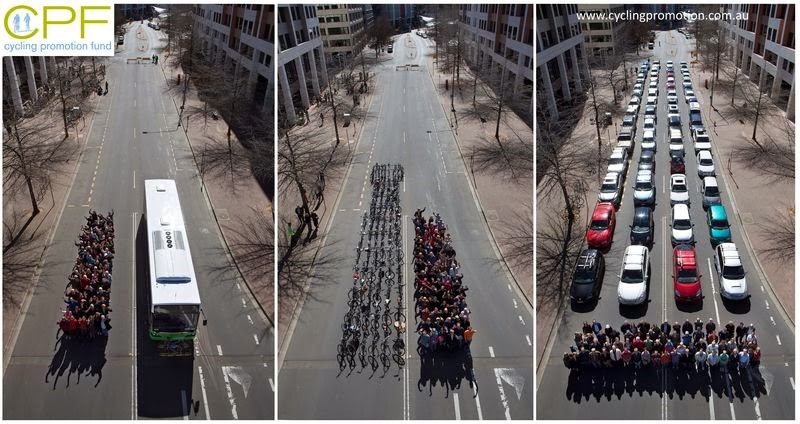Why after few years all my the devices are so obsolete?
competitive·@hassping·
0.000 HBDWhy after few years all my the devices are so obsolete?
We often might consider the accelerated technological changes as the cause of obsolescence. It is not hard to think that way, considering that every few years or even months the communication and processing devices, undergo rapid developments. If we keep the current trend for 2020 the summed computational powers of all computers will be comparable to the total brainpower of the human race, based on how processing power is doubling every 18-24 months; this fact of development has been extended to apply to other technological applications, illuminating the powerful trend of scientific advancement in general. However, referring to production of goods, two forms of eventual obsolescence occur today, and which are not based on the natural development of technological capacity, but rather result from (a) the contrived, competitive rule structure of the market system, along with (b) the driving urge for market “efficiency” in seeking turnover and recurring profit.  The first one (a) it is known as “COMPETITIVE OBSOLESCENCE”. This obsolescence results from the ensuing character of a competitive economy; each organization or company works to keep a differential advantage over another by reducing expenses in production with the aim to hold the price “competitively” low for consumer purchase. This mechanism is traditionally referred as “cost efficiency” and the result is products that are relatively inferior at the moment they are made. This competitive need soaks every step of production, in effect, a reduction of technical efficiency along the production process using cheaper materials, designs, and means. Let's assume, we took into account all of the material requirements for the design and production of a car, seeking to maximize its durability, efficiency, and quality in the most strategically optimized way, based on the materials themselves - not the cost of those materials. This will mean that the life cycle of the car would be determined only by its natural wear and tear with a very deliberate design focus on upgrading attributes of the car when they have become obsolete or damaged by natural-use circumstances. The final product would be a production designed to last, therefore reducing waste and invariably increasing efficacy of utility. With sureness we can say that an important percentage of the world today thinks this is what actually happens in the production and design of goods, in contrast this belief is far from reality. It is mathematically impossible for any competing company to produce the strategically best good, technically, in a market economy, as the “cost efficiency” mechanism guarantees a less-than optimal production. In addition, the second kind (b) of obsolescence is referred as “PLANNED OBSOLESCENCE”, this production technique aims to ensure cyclical consumption. The planned obsolescence began to be protagonist in the early 20th century, at the time that industrial development was spreading efficiency at an accelerated rate, producing better goods, in less time. Indeed, the consumption began to slow by increased lifespan and general efficiency of goods so the companies not only had a need of encouraging more purchases by the general public, but also reduce the quality of their goods to increase their sales, so the “more with less” phenomenon was surfacing in a rapid way. Rather than allowing a good's lifespan to be determined by its natural capacity, with the logical natural law intention for it to exist as long as possible, given limited resources on a finite planet and a natural interest to save energy, both material and human, corporations decided it was instead best to create their own “lifespan” for goods, deliberately inhibiting efficiency for the sake of repeat purchases.  In the 1930s, some even wanted to make it mandatory for all industries, legally, where life cycles were decided not by the natural state of technical ability, but by the mere ongoing need for labor and increased consumption. In fact, the most notable historical example of this period was the Phoebus light bulb cartel of the 1930s where, in a time where light bulbs were able to last up to about 25,000 hours, the cartel forced each company to restrict light bulb life to less than 1000 hours to assure repeat purchases. Today, every major manufacturer strategizes to limit good life cycles based on marketing models for cyclical consumption and the result is not only the reprehensible waste of finite resources, but a constant waste of human labor and energy as well. Outside the dynamics of the market economy, it is extremely difficult to argue against the need for optimum design of goods. Sadly the nature of market efficiency disallows such technical efficiency by default.